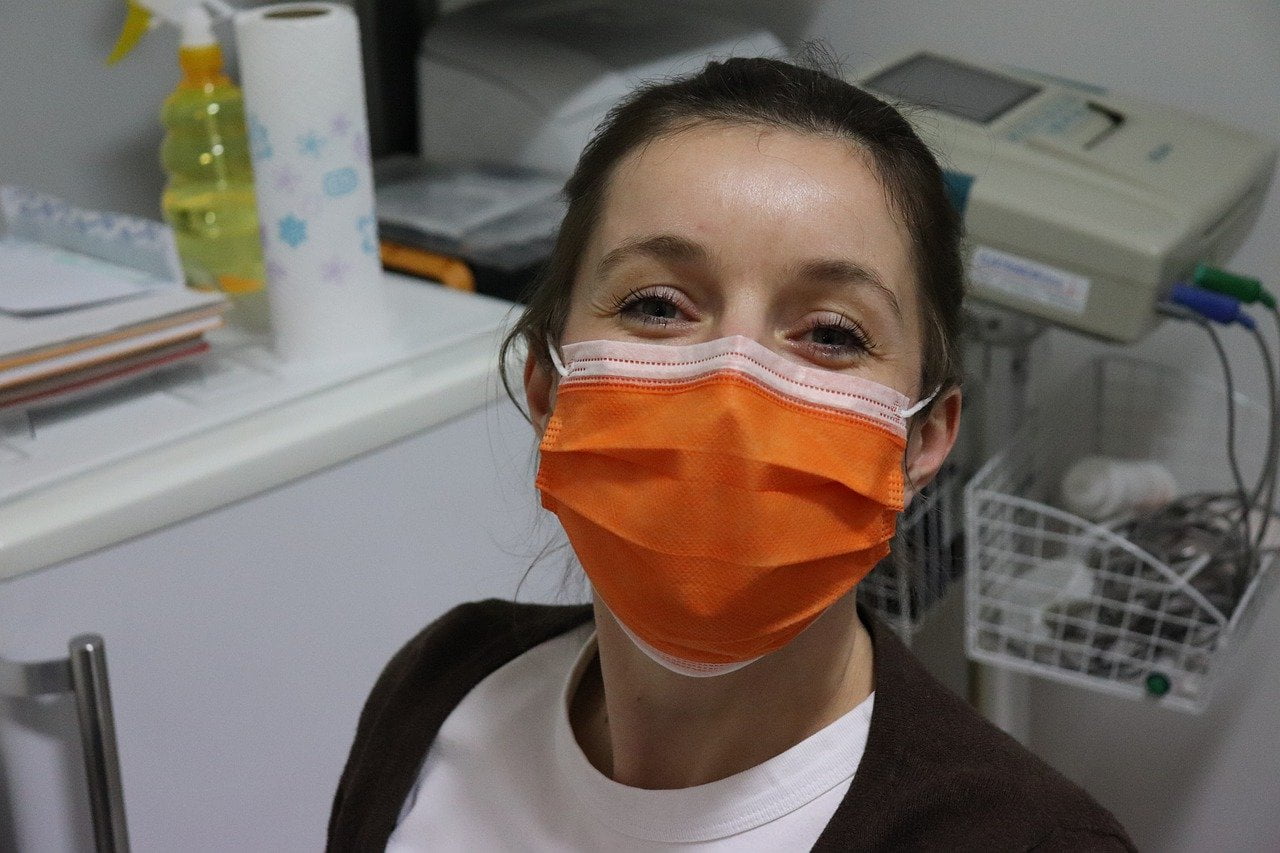Coronavirus did not discriminate in its impact. It hit the wealthier or people of race with the same strength as it hit any others. However, the same may not be said about the human handling of the coronavirus stimulus. A recent study suggests disparities in coronavirus stimulus checks, adding that White households received them quicker than Black households.
Q2 2020 hedge fund letters, conferences and more
As per a paper released Thursday by the Urban Institute, there were “significant disparities” by income, race and ethnicity and family-citizenship status in the distribution of coronavirus stimulus checks.
“Adults were less likely to receive the payments if they had family incomes below 100 percent of [the federal poverty level] or if they were Black or Hispanic, and particularly if they were Hispanic and in families with noncitizens,” the researchers said.
As per the study, about seven in ten adults received the coronavirus stimulus checks, which were approved by Congress in March, as of late May. Among White households, 74% say they got the stimulus check by that date, compared to 69% Black and 64% Hispanic.
Researchers conducted the survey from May 14 to 27 and covered 4,352 adults ages 18 to 64. As per the data, Hispanic families were impacted the most. This is because U.S. citizens with a non-U.S. spouse were not eligible to get the payment.
As per the study, about 70% of the Hispanic adults in households with all family members being U.S. citizens, said they got the payment, in comparison to 54% of Hispanic adults with a noncitizen in their family.
Disparities along with income
Along with racial disparities in coronavirus stimulus checks, the study also found disparities along income lines. About 78% of the adults above the federal poverty level got the stimulus payment by late May. In comparison, 59% of those below the federal poverty level got the check by then, the study found.
In 2020, the federal poverty level for a family of four is around $26,000. The 600% of the poverty level for a family of four is about $157,000.
The study also found that many who hadn’t filed their tax returns in 2018 or 2019 and did not get Social Security benefits, didn’t get the checks by mid-to-late May. People who fall in this group were required to provide information to the IRS using a web tool.
As per the study, 38% of the nonrecipients with income below 600% of the federal poverty level had not filed a tax return in the past two years and do not get Social Security. Also, about 20% falling in this group say they don’t have an internet connection at home, suggesting they might not have provided the needed information to the IRS.
Further, the study found that 60% of nonrecipients with income below 600% of the federal poverty level say they or a family member don’t have a bank account.






